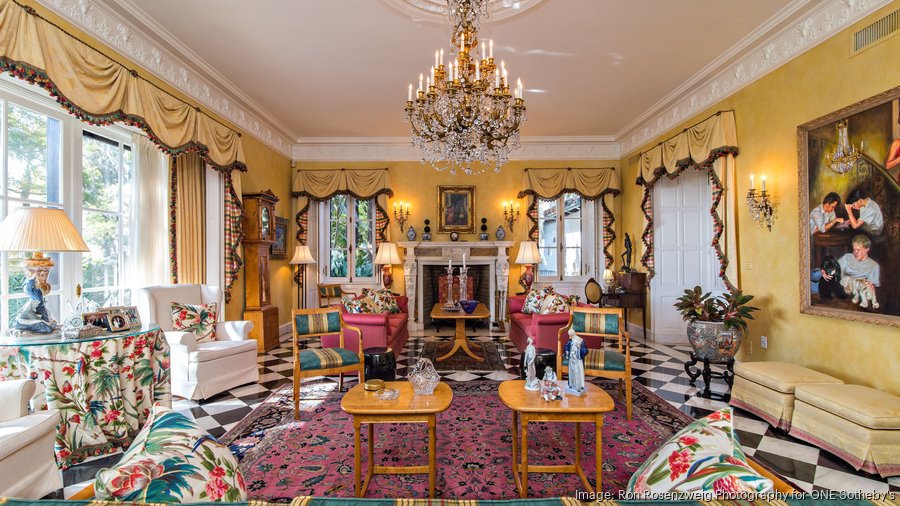When people think of Elon Musk, they usually picture space rockets, futuristic cars, brain chips, and colossal underground tunnels. What you probably don’t associate him with is downsizing his life into a tiny prefab box. But that’s exactly what makes the topic of the Elon Musk house so intriguing. It’s not about mansions, infinity pools, or palatial estates—it’s about a radically different philosophy on how one of the world’s wealthiest men chooses to live.
Elon Musk is no stranger to going against the grain. Whether he’s launching reusable rockets into orbit or championing AI safety, he seems to thrive where the status quo doesn’t. And that same attitude echoes in his approach to real estate. For most billionaires, a house is a status symbol. For Elon Musk, a house is a tool—and sometimes, a tool you don’t even really need.
His house choices, or the lack thereof, say a lot about his broader vision for the future. They’re not just about personal taste—they’re a quiet statement against excess, an ode to utility, and a nudge toward a more sustainable lifestyle.
From Lavish Estates to a Foldable Future
Elon Musk wasn’t always about minimal living. At one point, the Elon Musk house portfolio included several properties in the Los Angeles area, adding up to what many would consider an empire. These were luxury homes complete with sprawling lawns, home theaters, and enough space to house a small tech startup.
But that was then.
In a series of tweets, Musk famously declared he was selling nearly all his physical possessions, including his real estate. He wasn’t joking. He began offloading his homes, one by one. Gone were the mansions in Bel-Air, the historical Hillsborough estate, and other properties that symbolized old-school wealth. It was a real-world act that matched his tweet—a move that raised eyebrows and sparked curiosity. Why would a billionaire ditch all his homes?
As it turns out, Musk had a different plan. He moved into a compact, foldable prefab house near SpaceX’s Starbase facility in Texas. This wasn’t some high-end tiny home with a designer’s touch; it was a Boxabl Casita, a 400-square-foot unit that can be unfolded and assembled quickly. Costing a fraction of a traditional house, the Casita represents a pivot not only in Musk’s lifestyle but also in his philosophy on ownership and consumption.
What’s Inside the Elon Musk House?
The inside of Elon Musk’s current house may surprise you. It’s not a showroom for luxury furniture or avant-garde art pieces. It’s a small, functional space, with just enough room for sleeping, cooking, and basic living. And that’s the point.
The Elon Musk house is minimalist by design. There’s no wasted space, no decorative flair for the sake of aesthetics. Everything has a purpose. A bed, a table, a modest kitchen. Musk reportedly added some personal tweaks, perhaps a few high-tech gadgets (we wouldn’t expect anything less), but at its core, it’s still just a tiny prefab unit.
This isn’t just a lifestyle choice—it’s a philosophical stance. For Musk, the house isn’t a trophy. It’s a base. A point from which to launch other, bigger, more meaningful missions—literally. And it reflects his larger view of what humanity should strive for: simplicity, utility, and a focus on the mission, not the material.
The Public Fascination with Elon Musk’s Housing Choice
People can’t stop talking about the Elon Musk house, and for good reason. It turns conventional ideas about wealth upside-down. In a world where billionaires are buying up yachts, islands, and mega-mansions, Musk is sleeping in a prefab box not much bigger than a New York studio apartment.
This contrast is fascinating. It creates a paradox: how can someone so rich choose to live so simply? Is it a stunt? A message? A sincere lifestyle shift?
For many, the decision resonates. In an age of growing economic inequality, climate consciousness, and minimalist trends, Musk’s choice feels oddly timely. It taps into a broader desire to live more simply, to consume less, to redefine success. And when the world’s richest man adopts that mindset, people notice.
How the Elon Musk House Reflects His Larger Vision
Elon Musk is all about the future. And if you look at the Elon Musk house through that lens, it starts to make even more sense. Musk is building rockets to colonize Mars, yes. But he’s also reimagining what life on Earth—and beyond—should look like.
The compact house near SpaceX isn’t just convenient; it’s a prototype of what future living could be. Think about it: small footprint, energy-efficient, transportable, and quick to build. That kind of setup could work just as well on Mars as it does in Texas. Musk isn’t just living in a house—he’s beta testing the future.
And in typical Musk fashion, he’s using himself as the guinea pig. This approach isn’t new to him. He slept on Tesla factory floors when Model 3 production was behind schedule. He tests his own products, even when it means putting himself at risk. His house, in a way, is just another product. Another prototype for a sustainable, efficient future. And by living in it, he’s proving it can work.
The Environmental Angle of Elon Musk’s Tiny Home
One often overlooked aspect of the Elon Musk house is its environmental footprint—or rather, its lack thereof. Downsizing doesn’t just mean less space; it means less energy, fewer materials, and reduced emissions.
Traditional houses—especially large estates—come with environmental costs. From the resources needed to build them to the energy required to maintain them, they’re often unsustainable. By choosing a prefab, Musk is aligning his personal choices with his public values. He’s spoken at length about sustainability, clean energy, and the importance of reducing our carbon footprint. His house choice puts that talk into action.
The Boxabl unit he’s reportedly using is made to be ultra-efficient. It’s insulated, sealed, and designed to run with minimal energy. Add in solar panels, a Powerwall or two, and you’ve got a near self-sustaining unit. It’s the kind of home that matches the ethos behind Tesla’s clean energy solutions and SpaceX’s ambitions for off-planet settlements.
Elon Musk House and the Philosophy of Ownership
The idea of ownership has shifted in recent years. Millennials and Gen Z are less interested in owning things and more interested in experiences, mobility, and freedom. The Elon Musk house fits right into that narrative, and perhaps even leads it.
When Musk announced he was selling all his homes, some thought it was a publicity stunt. But it wasn’t about theatrics. It was about detaching from material things to focus on more important missions. Musk has said he wants to devote all his energy to getting humanity to Mars. That means less baggage, both literally and metaphorically.
His move sparked a broader conversation about what it means to own something in the digital age. With NFTs, the sharing economy, and increasing mobility, the definition of “home” is evolving. Musk seems to be ahead of the curve—again. He’s not rejecting ownership outright. He’s just redefining what’s worth owning.
A Closer Look at Boxabl and Why Elon Musk Chose It
Boxabl isn’t just some trendy tiny home brand. It’s a company with a mission that parallels Musk’s own: to disrupt and redefine a stale industry. The construction industry is notoriously slow, expensive, and inefficient. Boxabl aims to change that with prefabricated homes that can be delivered like IKEA furniture and assembled in a day.
The Elon Musk house being a Boxabl unit sends a signal. It validates the startup’s vision and shows the potential of modular, scalable housing. These homes are fire-resistant, flood-resistant, energy-efficient, and portable. They’re also stackable, meaning you could build up, not just out. That’s huge for urban density and space-saving.
While Musk isn’t officially partnered with Boxabl, his interest in the product has created a surge of attention and investment for the company. In classic Musk fashion, he’s not just living in the future—he’s bringing the future into the spotlight.
The Social Impact of the Elon Musk House Decision
Beyond personal lifestyle and technological innovation, the Elon Musk house also has a powerful social impact. It challenges the expectations we have for the ultra-wealthy and opens up conversations about what wealth should look like.
In a world where celebrities flaunt their luxury lifestyles, Musk’s modest living situation is a stark contrast. It forces people to think. If Elon Musk, the richest man on Earth, doesn’t need a mansion, do any of us?
Of course, not everyone can or should live in a 400-square-foot home. But the symbolism matters. It’s a cultural reset. It shifts focus away from consumption and toward intentional living. And that’s a message a lot of people are eager to hear right now.




